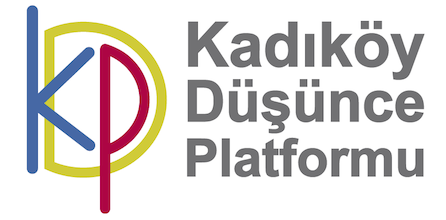The
Ottoman History and
the Paradigmatic Principles of History -XVI-
I believe the section with fifteen titles in the series, in which a conceptual
evaluation was made by considering various aspects of the general history, reached a sufficient volume. As I am sure the
valuable readers can supply the missing
conceptual areas, I think time has now come to start looking for trends, implications, principles, paradigms that could be
distilled from the Ottoman History for the general history.
On the other
hand, I believe it would be a very productive intellectual
endeavor to observe the Ottoman
Empire, which appeared to be imperial rather
than imperialist when discussed with a summative
view, in terms of searching
for the paradigmatic principles of
the history.
I
assume
that the
first
image
visible
in
a brief look to be taken at the Great Ottoman State, as it is
officially called, from the broadest historical perspective would briefly be a three-tier social structure and that it would be possible for that to be
described briefly as follows:
We
can say that there was
an understanding, in the Ottoman’s
prominent imperial feature, in which it was essential to
execute the sovereignty of the Dynasty, which was the "Top" layer in the first hierarchy, in the lands conquered
in the mission in line
with the apparent goal
of spreading Islam in the Christian Continental Europe that it
saw as the war
zone. That is to say, as
was the case with all empires in history, Islam seems to have
been applied as a means in
order to maintain the hegemony of a Dynasty on
the basis of religion. However, this
feature of the Empire
appears to have remained as a
fact not clearly expressed.
Looking further down the socio-political system of the
Ottoman in the context
provided above, the following picture is faced with in parallel
to the sharing-based stratification that
occurred in the society;
It
would
be
appropriate to mention the coterie
of Ottoman
pashas and
nobles and those who
represented the military as the ones generally included in the second "Top" layer with Timar under
the Dynasty. The thing that is
dominant in this segment, namely,
the expectation of this segment, is somewhat more differentiated from the Dynasty and it aims
basically at increasing its stake in sharing the booty coming from the plunder, pillage, and spoils in
the conquests. The expectation for the distribution
of the material
benefits that will be obtained from the annual rackets and Timar allowances of the property added to
the Ottoman Land should also be
mentioned in this regard. The thing that these two Top rulers expect from the producing subjects, the broad masses that are below them, constituting the bottom
layer in the Ottoman Land, is their participation
mostly in burden not boon.
In
order for the achievement of this apparent goal in the direction of maintaining the phenomenon of Global
State of Islam, the producing Muslim subjects are expected to embrace and adopt this phenomenon. Thus,
the people are asked to be ready in serving the
sacred purpose by taking part at the
forefront in the war always by
participating as foot
soldiers and privates in the battle; and this phenomenon
is also seen as their duty.
At
this point, I would like to have a socio-psychic link provided to
the subject by referring to the following words of the subjects, a well-known and highly succinct satirizing expression.
“Ottoman with loose slacks,
Ottoman with medium-size saddles,
Not planting, not harvesting,
Ottoman partnering in eating.” (*)
Mustafa Özcan (11.02.2016)
________________
(*) To be continued.
